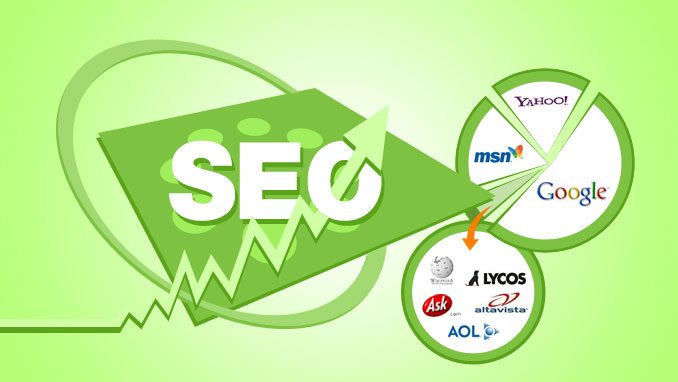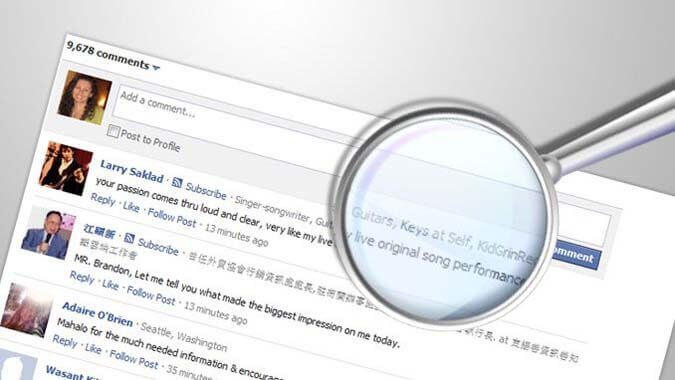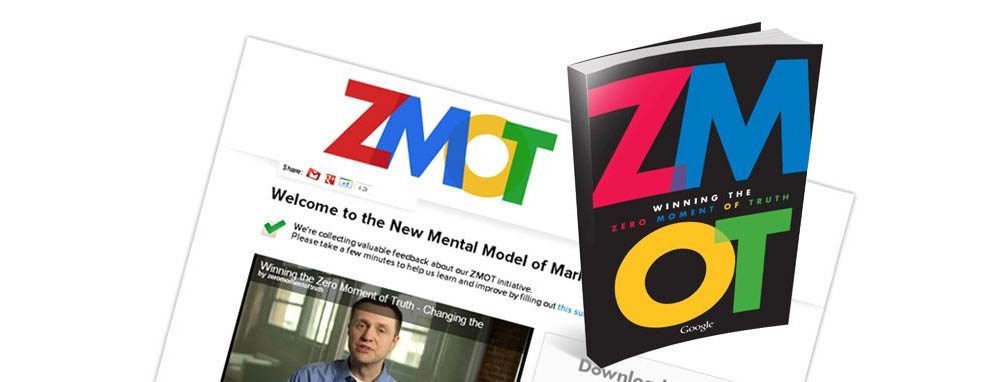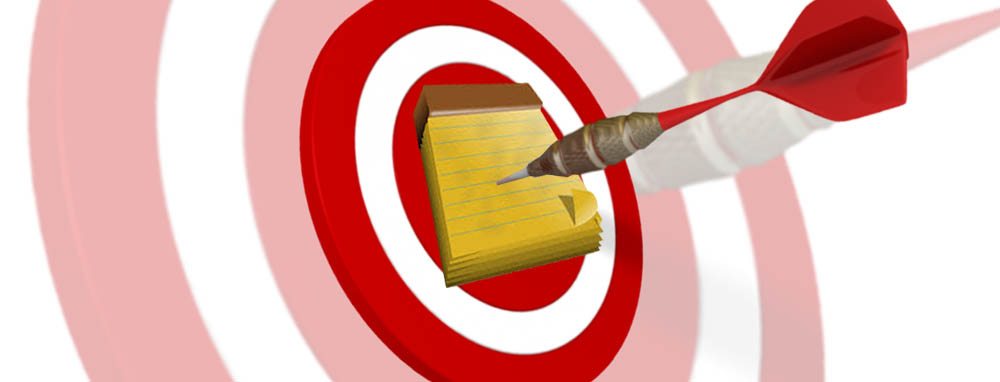Internal linking is one of the elements of SEO and website development that often gets overlooked. Properly used internal links can be a useful weapon in your SEO arsenal especially if you’re just starting to build your business website.
Insuring that every page of your website gets found by the search engine spiders is probably the simplest thing you can do for your rankings. Not only will this increase the number of pages that a search engine credits your site with, but it also increases the number of phrases that your website has the potential to rank for.
There are the various types of navigational elements we can apply within an internal linking structure strategy. Each navigation element has its pros and cons. Various navigational elements to achieve the best linking structure for your web visitor and the search engine spiders include:
- Simple Hyper Text Links
- Image Map Navigation
- Framed Navigation
- Animated Gifs and Flash Navigation
- Graphical Navigation Icons or Buttons
- JavaScript or DHTML Dropdown or Pulldown Menus
Simple Hyper Text Links
Hypertext is a computer-based text retrieval system that enables a user to access particular locations in Web pages or other electronic documents by clicking on links within specific Web pages or documents. They are the simplest navigational elements available for building an internal linking structure.
The basic component of a hypertext link includes a URL and a set of words that are known as anchor text. An example of a simple hypertext link looks like anchor text. The is the code that specifies where the Web visitor should be sent when clicked on the anchor text.
Anchor text is deemed very important in the eyes of the search engines and is assigned more weight within the search engine algorithms than ordinary body text. Search engine spiders prefer the simplicity of the hypertext link to any other form of linking structure elements. The reason search engines assign more weight to the anchor text is based on the simple logic that search engines believe that you would only link to a page that you deem important. When creating hypertext links, make sure to link to your important pages and use specific keywords for the page you are linking to.
Disadvantages of hypertext links:
- Hypertext links are less attractive then other forms of navigation elements.
- By default, hypertext links create blue underlined text and if used too much will make a page illegible.
- If overused, can interfere with a Web page’s keyword density.
Image Map Navigation
Image maps are assigned to single graphics that enable Web users to access pages of your Web site by clicking on a portion (X and Y coordinate) of the graphic. Images maps are used for two primary reasons, (1) to reduce file download size and (2) to simplify the coding of the links within complex graphics.
First is to reduce file download size. One image takes less time to download than five images. For example you can have one single image with five links within them. That one image might be 10 kb. In contrast five images of the same “on” image might take up a total of 14 kb. For example, each smaller image will have to be published at 3kb each, adding up to a total of 14kb as compared to the same one image totaling 10 kb.
The second reason given, to simplify the coding of the links within complex graphics, means that if one has a graphic with links embedded throughout a none uniform design, it is extremely hard to program the links without using an image map. To embed a link in one of the five single graphics, the programmer would have to cut out each one and reprogram the site to lay out the graphics in a uniform manner. This can be very challenging for non-uniform graphics. With image maps you can specify the X and Y coordinates and determine on a click of a particular X and Y coordinate where the user shall be taken.
In search engine optimization terms, images maps are complex and look something like this:
<map name=”imagemap_code”>
<area shape=”rect” coords=”18, 126, 112, 143″ href=”page_one.html”
alt=”page one”>
<area shape=”rect” coords=”18, 109, 112, 126″ href=”page_one.html”
alt=”page two”>
</map>
You can see that there are complex numbers and variables that drive where the user shall be taken. For this reason image maps are not search engine friendly; and if used, one should always use a search engine friendly secondary form of navigation – like hypertext links.
Framed Navigation
There are many sites on the Web that are built with frames. Frames tend not to be search engine-friendly for many reasons. One of the most obvious reasons is that it gives search engine spiders a challenge determining which file is the primary site content. Think of a framed site as a site that has many sites within it. So one might build a site in frames to leave the side bar navigation in a static position on the left, while giving the Web user the ability to scroll up and down on the right for the page with the content.
Normally, when one clicks on a hyperlink within the left side frame box it will generate an action to replace the contents of the frame to its right. However, search engines do not know to look in that right frame and it stays within the navigation frame missing out on all your content. As you can see, the more frames utilized within a site the less search engine friendly the site is.
There is an acceptable standard available that can achieve the look of frames while making your site much more search engine friendly. This standard has been released by the World Wide Web Consortium (also known as the W3) and is known as CSS or Cascading Style Sheets.
If you insist on using frames, there are some guidelines you should follow to help increase the search engine spiders’ ability to index your pages.
- Make sure that you include links from frameset to your internal pages
- Try to submit each internal page to search engines
- Try to obtain links from external sites to your internal pages
- Include text links at the bottom of each page
- Include breadcrumb trail at the top of the page
- Include text links within body text
- Build a site map that links to each internal page
- Utilize the noframe tag
Animation and Flash Navigation
Macromedia and its flagship product, Flash, has redefined the limitations of the Web. It has taken Web design to levels once thought unachievable. Web designers can create, publish and transmit high definition, motion filled, colorful animations to a broad Internet base without running into the pitfalls of bandwidth limitations and browser support. Flash has undoubtedly changed the Internet forever.
Flash Web sites tend to be one of the worse types of Web sites in terms of search engine visibility. Most search engine spiders cannot read the contents within the SWF (file extension for published Flash files) files. Google and FastSearch are able to read the URLs within a Flash file. That is why it is important when creating Flash sites to also create a simple but text rich HTML Web site for spiders and for Web users that prefer the less eye-candy media.
There are several ways to use Flash within a site’s design that can help reduce the negative qualities of the Flash files. The first method is to use a partial flash site and partial HTML site. Many sites opt for this solution because you can have the visual treat with the benefits of the HTML site.
A second method is to create a splash page that gives the user the ability to choose either an HTML version or a Flash version. This solution is very common as well. The spiders will eat up (no pun intended) the HTML version while your Web visitor will be dazzled by the Flash version.
The third method to combat the illegibility of the Flash files is to use the noscript tag or noframe tag when using a flash only site. This is however not the best method and one should only use these tags when there is no other option.
Graphical Navigation Icons or Buttons
Graphical navigation icons and buttons are as popular as hypertext navigation. The graphical icon or button is a graphic, generally a GIF or JPEG formatted image, that links to either an absolute URL or relative URL. An example of a graphical navigation button would look like this <a href=”page.html”><img src=”pics/button.gif” alt=”” /></a>. The <a href=”page.html”> is already familiar to you. As you can see the <img src=”pics/button.gif” alt=”” /> is in the place of the anchor text. “img” stands for image and “src” stands for source, so the piece of code says image source is found in the directory pics and is named button.gif. Wrapping the around the image activates that image as a link.</a>
There are many obvious benefits to using the graphical navigation icons or buttons as primary text links. One of the benefits includes using high-impact fonts and colors that are not supported through regular HTML. Increasing the look of the links on your site can help attract more clicks by the end user to the page of interest.
However, search engines can not see the graphic and if the graphic is really a graphical representation of a word – such as About Us – then how does a search engine know that? In all cases where graphics are used as navigation, it is wise to use alternative text tag within the source code of the image. For example, one would embed the alternative text into the above example as such:
<a href=”page.html”><img src=”pics/button.gif” alt=”Short Text Explaining Where the Graphic Link will Take you”></a>
The alt tag (alternative) gives search engines as well as screen readers (used by the blind) the ability to assign a meaning to the graphic, in place of the anchor text. Hence, it is important to use keyword specific words that apply to the page you are linking to in the alternative tag area.
JavaScript or DHTML Dropdown or Pulldown Menus
Many sites utilize the pulldown or dropdown menu to allow users to locate sections of a site quickly. There are two basic forms of the dropdown or pulldown menus. The first form is the JavaScript pulldown and the second form is the DHTML dropdown.
The main problem with this type of navigation is that search engine spiders have a difficult time reading the URLs within the JavaScript. In addition, usability experts tend not to like JavaScript pulldown menus and recommend offering alternative navigation in addition to the JavaScript pulldown menu. It would be wise to use hypertext links as primary or secondary navigation when utilizing JavaScript pulldown menus for both usability and search engine visibility.
How To Improve Your Internal Linking Structure
There are many methods you can use to improve your internal linking structure. The three main ones are:
1. Text link navigation
2. Footers
3. Inline text links
Text Link Navigation
Most websites include some form of navigation on the left hand side. This makes it one of the first things read by a search engine spider. If it is one of the first things the search engine spiders sees when it goes through your site it will have a strong weight added to it so it must be optimized with care.
If you are using text link navigation be sure to include the targeted keywords in the links. Thankfully this cannot be taken as meaning “cram your keywords into each and every link” because this is your navigation and that would look ridiculous.
You don’t have to get your keywords in every link but if workable, every second or third link works well. Also consider what you are targeting on internal pages. If your homepage target is “web hosting” and you’ve linked to your homepage in the navigation with “web hosting main” which is followed by your contact page so you’ve used “contact us”, it would be a good idea to use the anchor text “dedicated hosting” for the third link. It reinforces the “hosting” relevancy and also attaches relevancy to the dedicated hosting page of the site to the phrase “dedicated hosting” in the anchor text.
Footers
Footers are the often overused and abused area of websites. While they are useful for getting spiders through your site and the other points noted above, they should not be used as spam tools.Not only does this look bad but it reduces that value of each individual link (which then become 1 out of 200 links rather than 1 out of 10 or 20).
Keep your footers clean, use the anchor text well, and link to the key internal pages of your website and you will have a well optimized footer. You will also want to include in your footer a link to a sitemap. On this sitemap, link to every page in your site. Here is where you can simply insure that every page gets found. Well worded anchor text is a good rule on your sitemap as well. You may also want to consider a limited description of the page on your sitemap. This will give you added verbiage to solidify the relevancy of the sitemap page to the page you are linking to.
Internal Text Links
Internal text links are links placed within the content of your work. They were covered in last week’s article on content optimization, which gives me a great opportunity to use one as an example.
While debatable, inline text links do appear to be given extra weight as their very nature implies that the link is entirely relevant to the content of the site.
Do it Right by Linking Within Your Content
Assuming your site has already a solid primary navigation structure, search engines pass value for the terms/phrases used in the link anchor text.
When working on improving rankings for a site, people usually try to target links from other sites (external links) that have the desired anchor text related to terms they want to rank for. However, contextual internal links can also be effective in helping to improve a site’s rankings for targeted keyphrases.
To start improving your internal linking strategy, go through your site section by section, page by page, and see where it would make sense (from a user’s point of view), and insert some contextual links to other pages that you want to rank better.
Be sure to use the keywords/phrases (in the anchor text) that you would like the destination pages to rank for. In your links to these pages throughout the site, vary it up and don’t use the exact same phrases in anchor text, or it will look artificial to both search engines and users. As you’re doing this, make sure that the target keyphrases show up on the destination page in some form. Links are more effective if the terms in the link anchor text also show up on the page.
One area where this is useful is to help a site rank for both plural and singular versions of a word. The surrounding text can help too, so you may want to tweak the sentences and paragraphs around your links to improve the contextual value. This is an example of how to use anchor text variations from internal links, following no particular pattern.
A Reminder
A study by the crew from SEOMoz revealed that:
1.Internal Anchor Text Has Very Little Impact on the Homepage. Although linking to a page like our Web 2.0 Awards with the anchor text “web 2.0,” for example, appears to provide a positive nudge, the same does not hold true if one links to the homepage of SEOmoz with the anchor text “SEO.” In fact, for those who put a great deal of time into optimizing their links back to their homepage to say “new york apartments” or “antique rifles” rather than “home,” I’d test whether modification of the link anchor text has any adverse rankings impact. In my recent experience (on a few different sites), the answer is no.
2.Excessive Internal Anchor Text Linking / Manipulation Can Trip An Automated Penalty on Google. Google appears to punish sites for excessive internal linking with “optimized” (or “keyword stuffed anchor text”) links. When the links were removed (in both cases, they were found in the footer of the website sitewide), the rankings were restored immediately following Google’s next crawl, indicating a fully automated filter (rather than a manual penalty requiring a re-consideration request).
3.Beyond a Certain Point, Adding More Internal Links to a Page Does Not Necessarily Flow More Anchor Text Value.
Final Take on Internal Links
Simply changing your internal navigation will not launch your site to the top of the rankings however it’s important to use each and every advantage available to create a solid top ten ranking for your site that will hold it’s position.
They will get your pages doing better, they will help get your entire site spidered, they will help increase the value of internal pages and they will build the relevancy of internal pages to specific keyword phrases.





